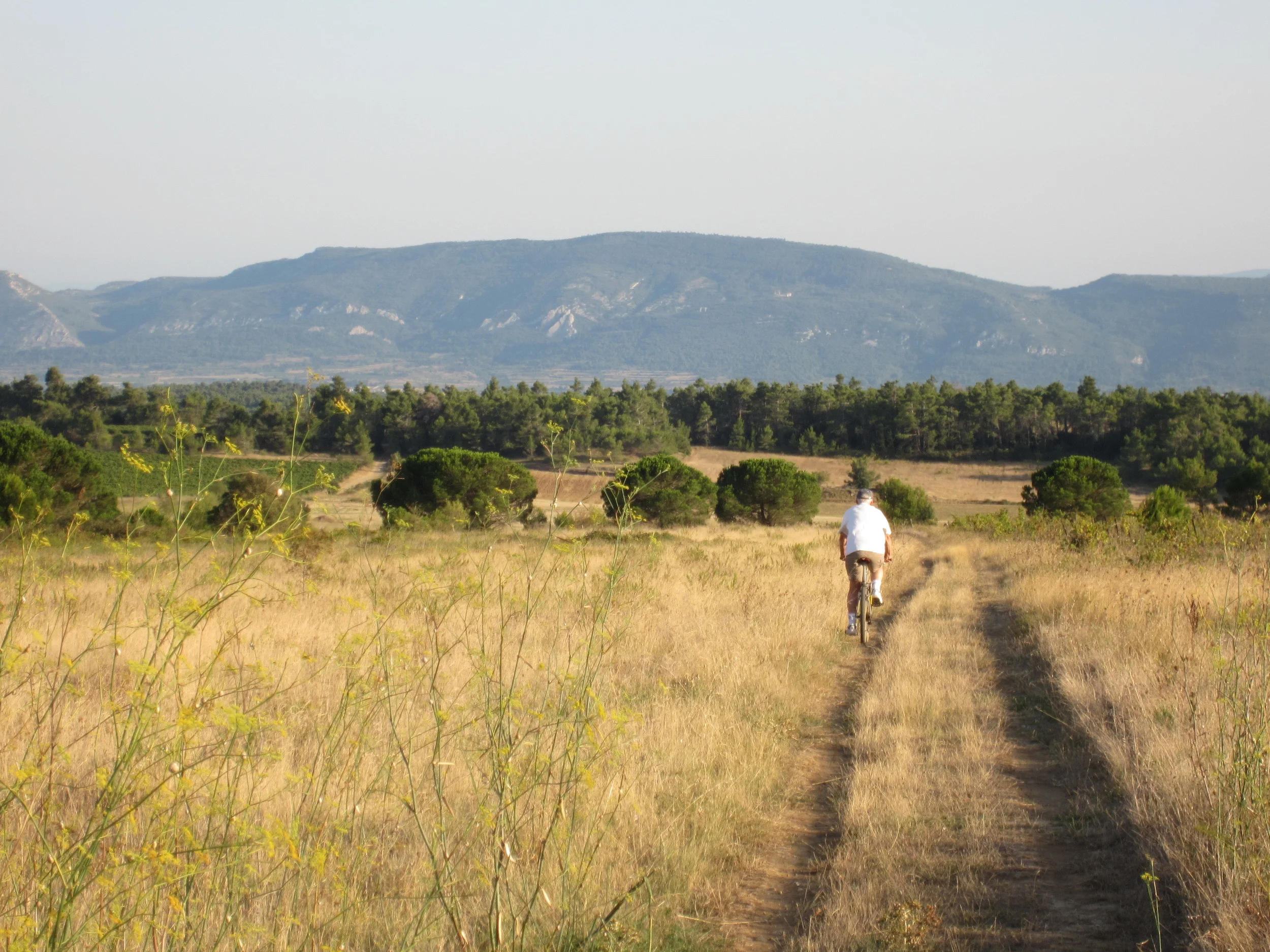Summary: A year characterised by a highly variable climate and summer drought, giving a small but healthy and quality harvest.
2008 in the Minervois was marked, like much of France, by both a cool spring and cool early summer (avec des nuits fraiches) retarding flowering and later the budding. Shorts were not “de rigeur” until July, late for this Mediterranean climate! Most notable was the below-average precipitation for the third year running, denying any replenishment of the water table. Consequently, water stress manifested itself in young vines throughout summer and later during harvest for all vines, as the they literally closed down into October and photosynthesis declined prematurely, (leading to problems with the final phenolic maturing of fruit) déterminant la date des vendanges.( les écarts de temperature entre jour et nuit retardent la maturité,)
Summer was warm – but not hot – and characterised by no rain from mid–June (unlike much of NW Europe). In fact, we can talk of a summer drought (yes, another one after 2007!) which older vines could cope with, given their deeper roots, but under which young vines suffered. In fact, we had to manually water twice some newly-planted vines (AOC plantings are allowed to be watered during their first year, remember).
Our vines suffered little from disease, as much due to rapid intervention upon the slightest appearance of any odium during May-June, as to the natural resistance of our vines under the Cousinie method (a homeopathic approach: see www.cousinie.com for more details). However, many regional reports suggest that odium has been a real problem in the Languedoc, unless treated immediately. Those who delayed or economised in spraying will have had a tough year. However, the dry summer conditions undoubtedly helped the region to minimise any subsequent disease, unlike for much of France.
Leading up to harvest, the variable and dry weather led to the unusual phenomenon of tasting (apparently “ripe” grapes but whose flesh was still high in acidity and low in sugars) maturité hétérogène . Grapes were also small and lacking in flesh, due to the lack of moisture. We started picking young Syrah and Grenache 15 September (a week later than normal) but then stopped for one week, as the major plots of Syrah and Carignan just weren’t phenolically ripe. In the end, the harvest was a bit of a juggling act to wait until the grapes ripened sufficiently but pick before the vines literally “sucked” the juice out of the grapes, under the ongoing drought. However, we were favoured throughout the harvest by north winds, clear skies and cool nights. No rain to talk about – or hail, which was an issue in higher parts of the Minervois.
Cellar management was a bit of a nightmare, with small crops to fill the tanks and irregular ripening both between and within varietals, depending on their age and exposition. Given the small berries and high skin/juice content, cold soaks and light pumping over was exercised in order not to over-extract. A year for a light hand in the cellars.
The Syrah and Grenache is high quality (small, intense-flavoured berries, but low in juice), while the Carignan and Mourvedre had more flesh. Quantities are down an astonishing 30-35%,(20%) given the lack of juice in the grapes – so any talk of a wine lake in the south of France is now history! Indications are that our red wines will be fruity, concentrated and aromatic. White wines in the area are of excellent quality and good volumes, according to neighbours. Overall, another quality year, following the wonderful 2007s. Now we have to pray for plenty of rainfall during winter.
Graham Nutter
Chateau St. Jacques d'Albas



